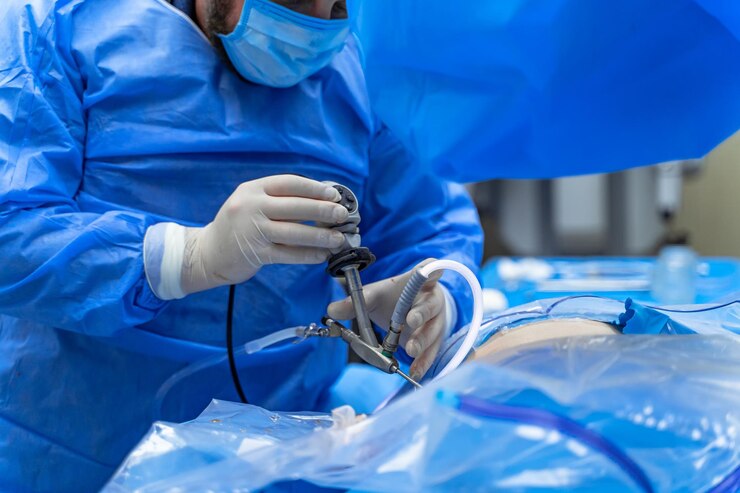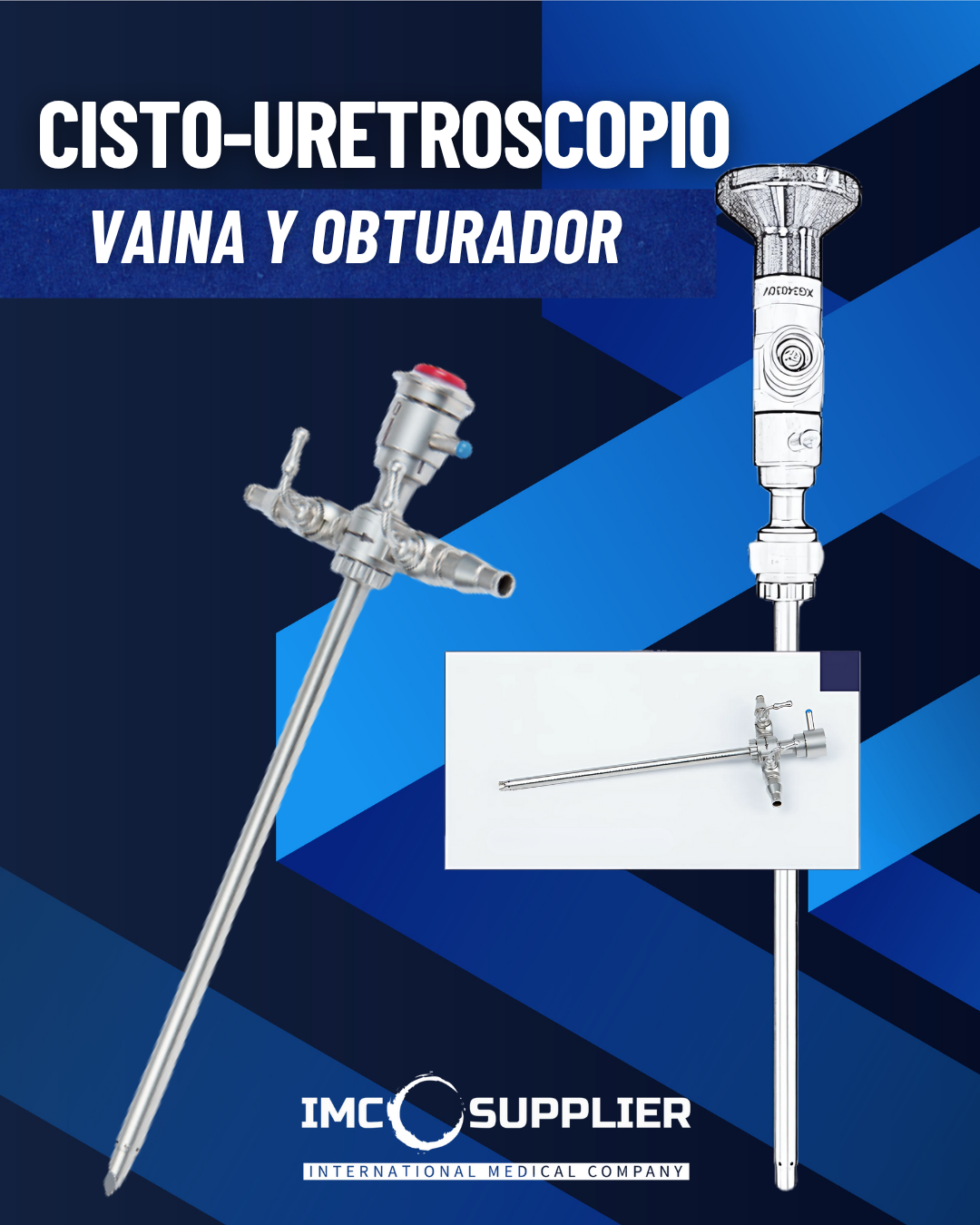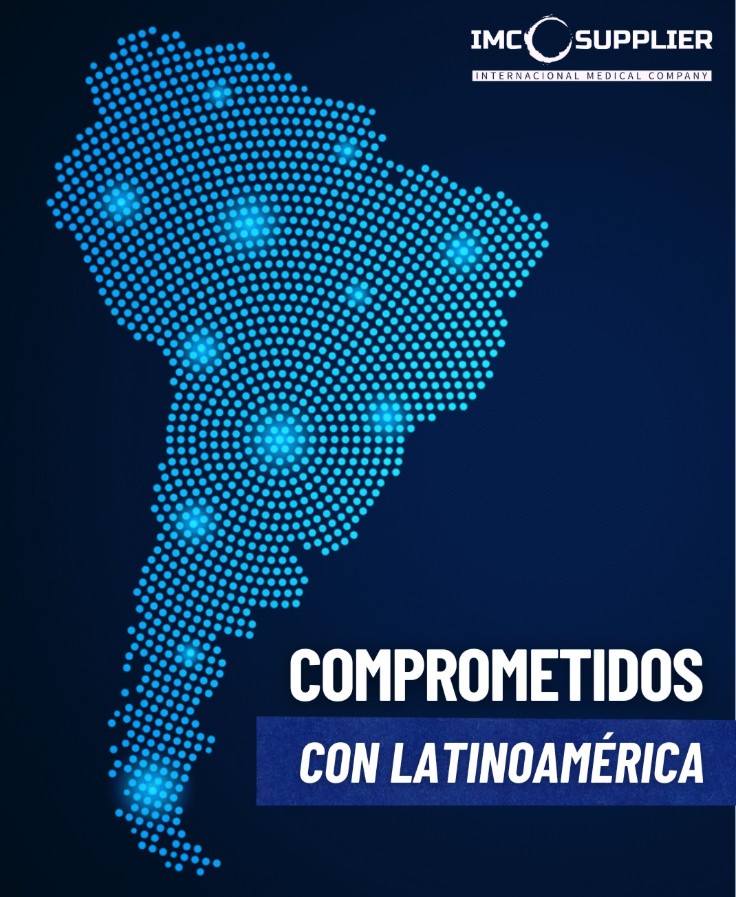
Quality You Can Rely On
We partner with trusted manufacturers to provide medical supplies that uphold the highest standards of safety and efficiency, supporting outstanding patient care.
Features
We supply products that meet international quality standards, ensuring safety and reliability. With advanced technology, they support precision in diagnosis and treatment.


Benefits
Our high-quality supplies ensure accurate patient care, with durable designs built to withstand the demands of clinical and hospital environments.


















